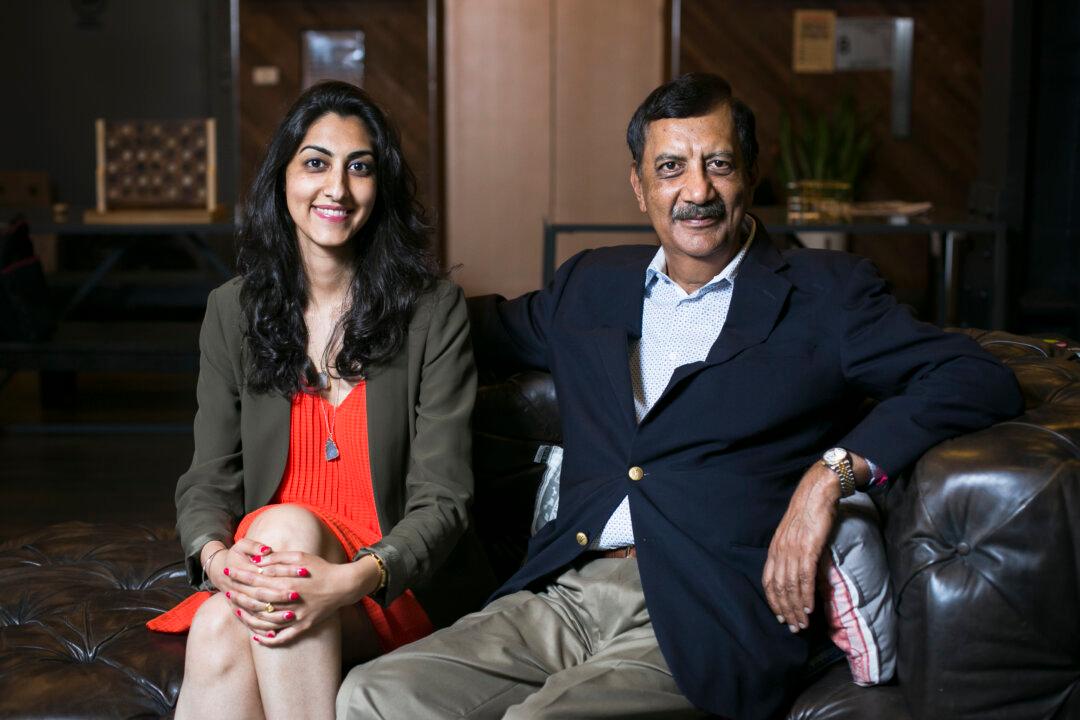NEW YORK—Fintech (financial technology) startups are disrupting traditional consumer banking by offering alternative, cheaper, and more convenient financial services. And millennials are driving the fintech revolution.
BankMobile is a fintech company with a bank charter and portrays itself as the digital bank of millennials. The company, run by a father-and-daughter team, added 2 million customers in just about 18 months after launch.
Launched in January 2015, BankMobile is the first fintech startup to offer completely fee-free banking services. It provides checking and savings accounts, a line of credit, access to ATMs nationwide, and a higher savings rate than the large banks.
“The banking system today is not serving Americans. Banks are charging $32 billion a year in overdraft fees alone, which is more than what people are spending on buying vegetables,” said co-founder Luvleen Sidhu, also the chief strategy officer of New York-based BankMobile.





